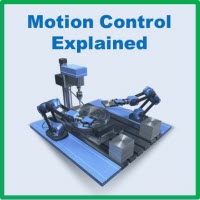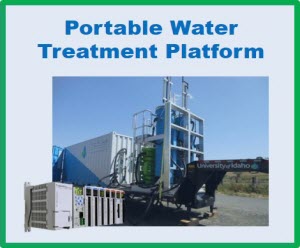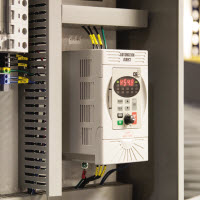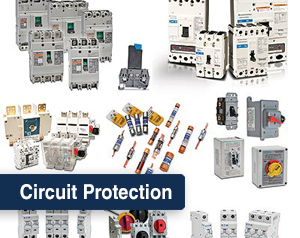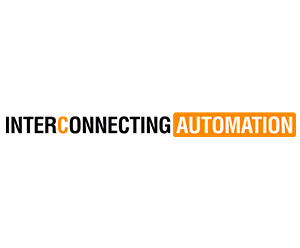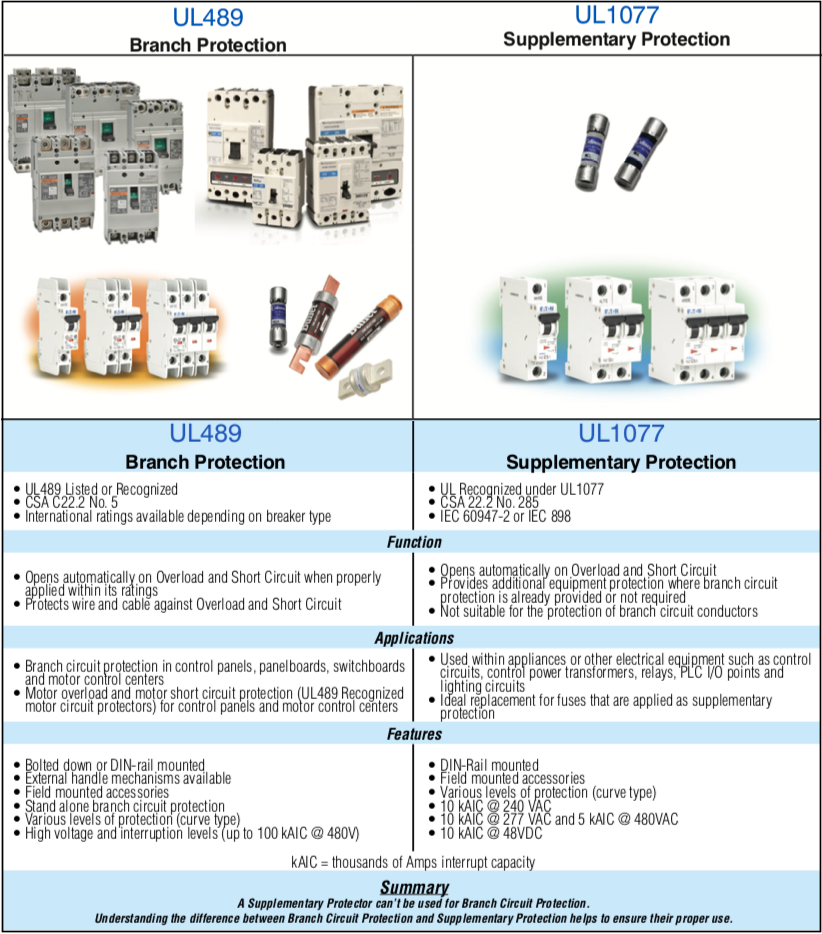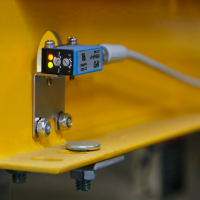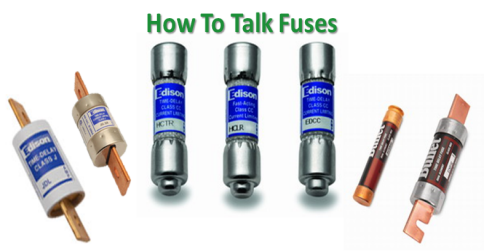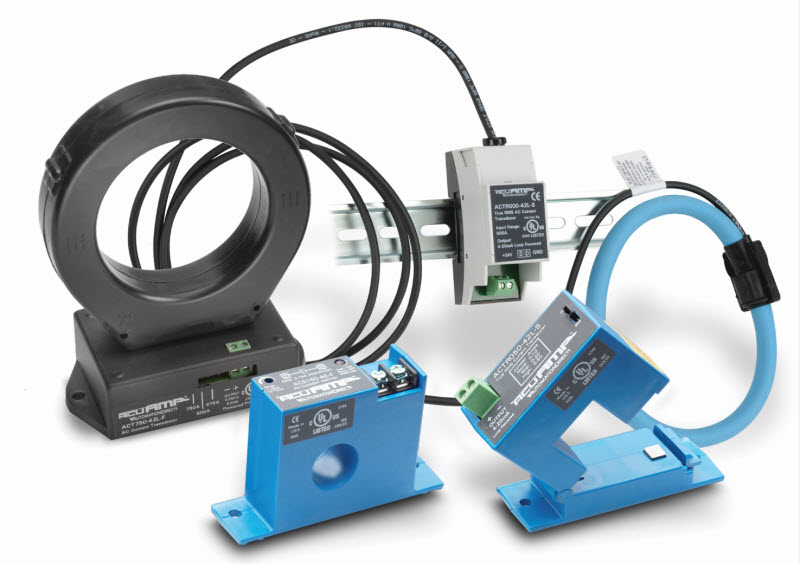Motion control is generally understood to mean the use of servo and/or stepper systems as the “muscle” to move a given load. These motion control systems are capable of extremely precise speed, position, and torque control. Applications which require positioning of product, synchronization of separate elements, or rapid start/stop motion are all perfect candidates for…
ApplicationApplication StoriesAutomation NotebookAutomationDirect SpotlightData System MonitoringEducation/DIYIndustryIssue 34 - 2016Learning ResourcesMotion ControlNotebook IssueOnline OnlyOperator InterfacePLCPLC eBookProductProgrammable ControlStudent SpotlightStudent SpotlightWater/Wastewater
Portable Water Treatment Platform Removes Phosphorus Economically
A trailer-mounted water treatment process controlled by a Productivity2000 PLC has recently been developed at the University of Idaho. Professor Greg Möller, in the College of Agriculture and Life Sciences, along with engineers from the College of Engineering have teamed up to build the platform, and to further research the economical removal of phosphorus from various…
You’ve probably seen and read way too many articles telling you to use variable frequency drives on your AC motors to save energy, reduce maintenance and lengthen motor life. This is not one of those articles. Instead, we’re going to show you just how to calculate whether or not a VFD makes sense for your…
Circuit Protection is a big topic. With so many types of products available, coupled with the fact that I think I am getting old, I have found that it is becoming increasingly difficult to keep it all straight. If you share in this frustration, no worries because conveniently located below is a chart that I think might…
Back when he worked in a foundry, Doug Bell never imagined he would trade in his career as an electrician for becoming a teacher, but that’s in fact what happened. The transition came about more than 20 years ago, while he was attending a product training class, when he formulated an idea on how he…
For those who work in electrical design, a prominent concern is circuit protection. While a lot of circuit protection technologies exist, it is most common to guard against overcurrent situations. Overcurrent protection can be achieved by incorporating fuses or circuit breakers along the primary power feed. But which of these devices do you use for branch…
Photoelectric, proximity and capacitive sensors are used in a wide variety of machines and industrial equipment, but selecting the best sensor for the job can be confusing. This blog post and the accompanying articles will help you sort out the best sensor for your application. During sensor selection, it’s important to understand sensor requirements and specifications…
What is a Fuse? Fuses are sacrificial devices used to protect much more expensive electrical components from the damaging effects of overcurrent. They consist of a low-resistance metal or wire that is used to close a circuit. When too much current flows through the low resistance element of the fuse, the element melts and breaks…
+Tech TopicsApplicationEnergy/UtilitiesIndustryLearning ResourcesMachine ControlOnline OnlyProcess Sensing & ControlProductVariable Speed Drives
Trending Towards Green Machines
When wandering the plant floor, keep an eye out for energy wasting machines. Those running conveyors, rattling pumps and hissing air lines on idle equipment not only raise the decibel level in the plant—they also waste energy. With proper monitoring and analysis, machine energy use can be optimized, and these energy saving measures will also improve…
So the story starts with you looking at a plant full of equipment, some new, some old, with the operators working hard to meet production requirements. If your safety sign reads: “We Have Worked 1 Day(s) with Zero Accidents”, then maybe it’s time to review and improve your plant safety program. It’s everyone’s responsibility to…


